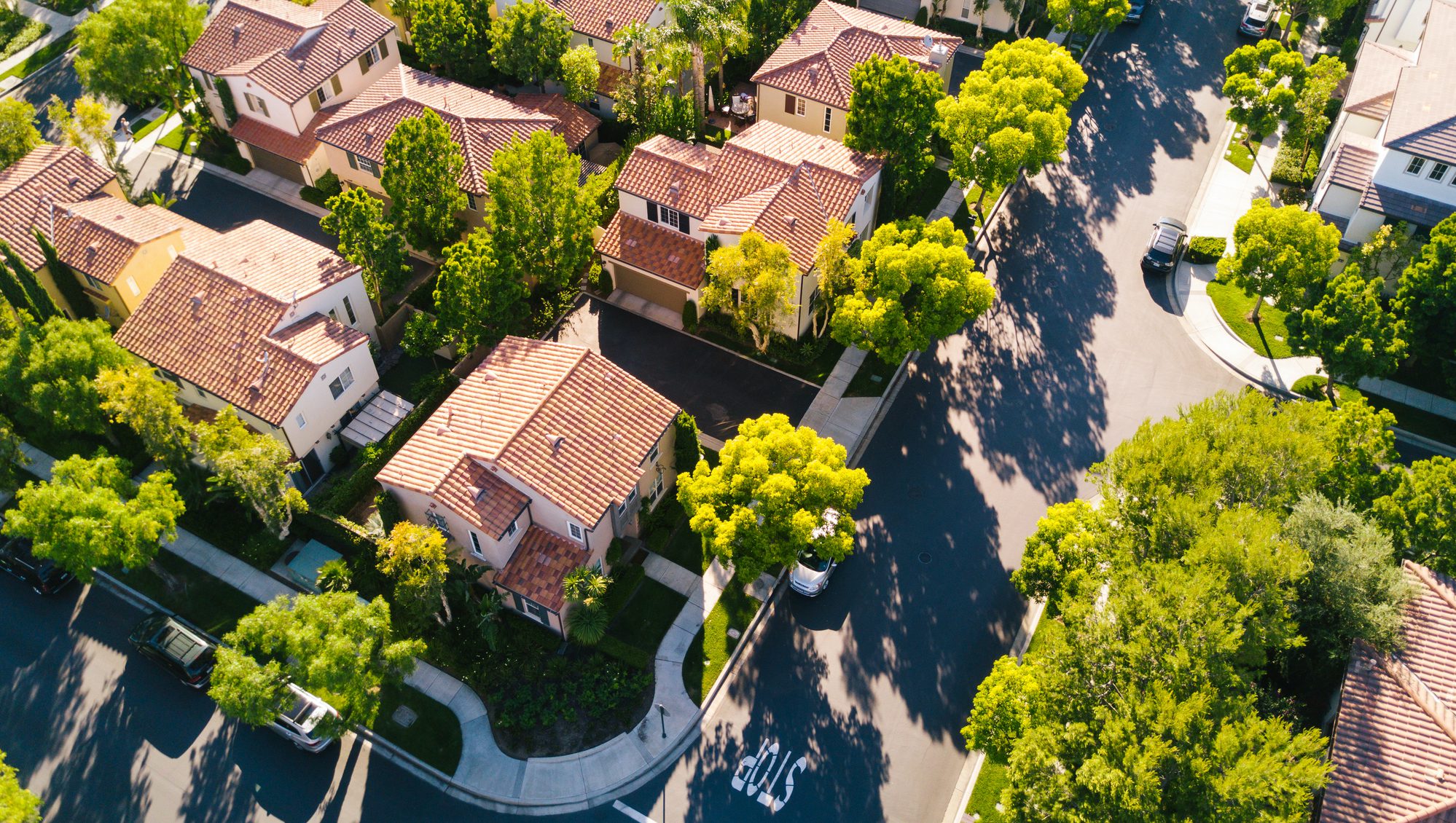
jeremyiswild / Getty Images
Homeowners across the country are rushing to refinance at record-low interest rates. Many are finding that lenders have reserved their best rates for buyers.
The average rate posted on Bankrate.com for a 30-year fixed refinance mortgage was 3.39% Monday, well above the 3.14% on offer for a purchase mortgage, according to the personal-finance website.
The rate premium for refis over purchases widened this spring after the coronavirus pandemic shut down the economy and pushed interest rates lower across the board. The spread grew even bigger after Fannie Mae and Freddie Mac last week levied a new fee on lenders for most refinancings to shield themselves from potential losses.
Mortgage lenders are still dealing with a flood of homeowners seeking to refinance, and some in the industry are struggling to keep up with demand. As of last week, nearly 18 million homeowners could still save money by refinancing, near an all-time high even after months of record low rates, according to mortgage data and technology company Black Knight Inc.
“The system is maxed out,” said Sam Polland, a mortgage-loan officer at Sandy Spring Bancorp Inc. in Rockville, Md. “Everyone is in this bad but good position.”
With so much demand, some mortgage lenders are prioritizing purchases, often offering lower rates to grab new business.
Some mortgage bankers say they prefer to make purchase-mortgage loans over refis. Their per-loan compensation is typically a bit higher for purchases, according to mortgage-technology company LBA Ware. Financing home purchases also can often lead to more business through referrals and refis down the road. Refinancings, on the other hand, come and go with rates.
Many factors go into the rate borrowers eventually receive, including their credit standing, the type of loan and how much they pay upfront to lower their rate. A refi where the borrower pulls cash out, for example, would typically have a higher rate than a traditional refi.
The advertised rates for purchases and refis tracked fairly closely through much of 2018, 2019 and early 2020, according to Bankrate.com.
But when the pandemic pushed borrowing costs down in late March and early April, interest rates for purchase mortgages fell faster than for traditional refis, according to rate-lock data from Optimal Blue, a mortgage technology and data company.
Last week, Fannie Mae and Freddie Mac said that they would charge lenders an extra 0.50 percentage point to buy most types of refinancings that they back. That fee is likely to be passed on to homeowners, further pushing up refi rates relative to purchase rates.
The two mortgage giants don’t extend loans, but instead buy nearly half of the ones that are made and package them into bonds to sell to investors. They guarantee those investors will be repaid, thereby helping keep rates low. In turn, lenders pay Fannie and Freddie fees that vary by loan type.
The extra fee for refis may translate to a rate on a Fannie- or Freddie-backed loan that is roughly an eighth of a percentage point higher, lenders said. That means a refinance loan that would otherwise have a rate of 3% might now have a rate of 3.125%.
Michael Menatian, president at Sanborn Mortgage Corp., said a number of clients called him late last week to try to lock in low refinance rates because of the extra fee. Many ended up with rates that weren’t as low as they expected or decided to hold off for now, he said.
“It’s punishing borrowers who could really use this in these difficult, challenging times,” Mr. Menatian said of the refinancing fee.
Mr. Polland of Sandy Spring Bank said that he was able to offer a 30-year fixed-rate purchase loan at 2.5% for a $500,000 house with a 5% down payment. For a refi on the same property, the rate would be 2.875%.
One of his clients, Kate Fensterstock, a teacher in Rockville, Md., approached him about a cash-out refinancing earlier this month. The rate on offer was 2.625%, which would have allowed her to keep her monthly payment the same and take out cash for home renovations on the three-bedroom she shares with her husband and two teenage sons.
Late last week, Mr. Polland informed her that, because of the refi fee, her rate would instead be 2.875%. She is planning to go through with the deal but will take out less cash.
“We’re not going to be able to do all the things we want,” Mrs. Fensterstock said. “It’s really frustrating.”
The post Refinancing Your Mortgage? Those Rock-Bottom Interest Rates Aren’t for You appeared first on Real Estate News & Insights | realtor.com®.
